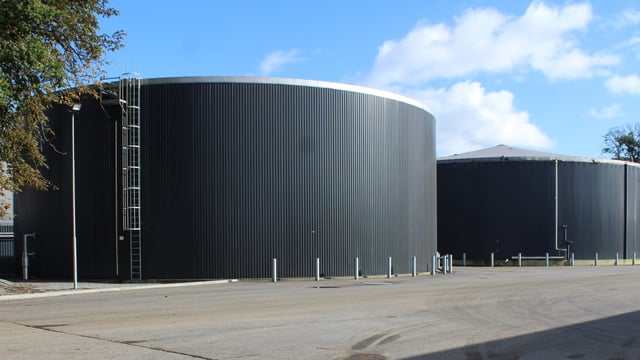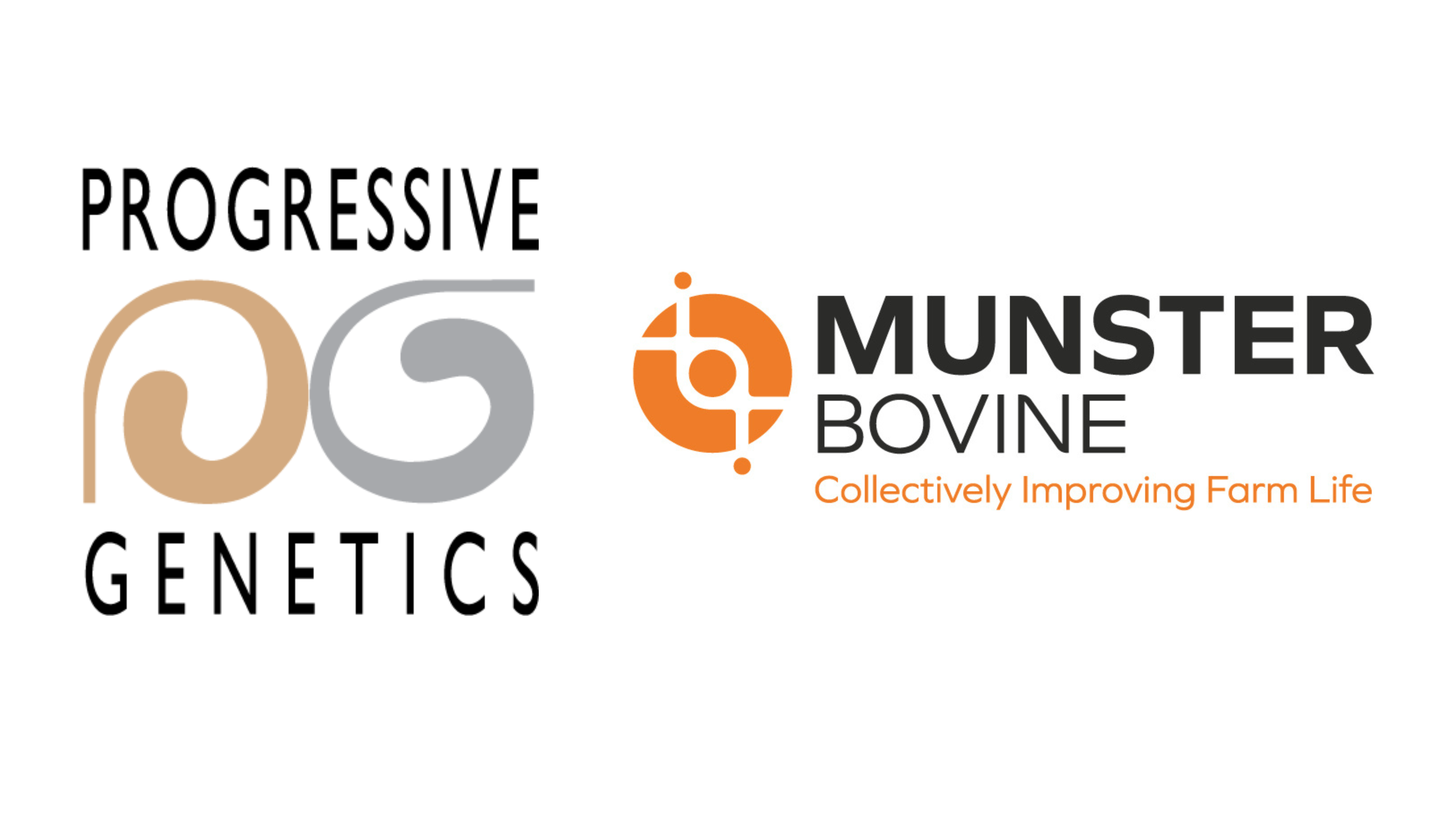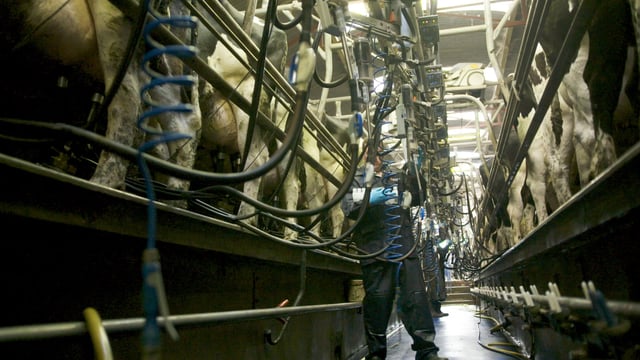Sponsored Article

Sponsored Article
The benefits of including molasses in winter diets
Sponsored Article

For livestock farmers, a number of factors need consideration prior to deciding on feeding strategies for the winter period ahead.
Feed costs, accompanied by on farm forage reserves will be the main determining factors for any choices made.
Key to any decisions is knowledge of both the quantity and quality of the home-saved forage available.
If not already done, forage analysis and an on-farm fodder budget needs to be completed. Knowing these two particulars will allow for correct formulation of diets and determine if there is a requirement to purchase straw, a molasses-based liquid feed or a straight or compound feed.
Key to any cow’s reproductive cycle is the dry period. Its duration and nutritional plan will be determined by the body condition score (BCS) of the cow at entry.
For ease of handling, cows should be grouped relative to their condition score, with diets formulated accordingly. Where forage reserves are tight, savings are achievable with this group of animals.
On average, a dry cow will consume approximately 10-12kg dry matter (DM) of feed per day. To extend forage reserves, a large proportion of this figure can incorporate straw (if available), molasses or a forage extender nut.
Limiting the availability of forage in front of cows of higher condition is key to achieving this. A target (BCS) of 3.0-3.25 for dairy and 2.5-3.0 for beef cows should be the aim at calving down next spring.
Achieving these targets will have many benefits including, but not limited to reduced incidences of metabolic diseases. Detailed below are a number of diets for cows of varying BCS scores.
| Ingredients | Diet A | Diet B | Diet C |
|---|---|---|---|
| Standard cane molasses | 0.4 kg/DM | 2.0 kg/DM | |
| Feed-quality barley straw | 7.8 kg/DM | 2.0 kg/DM | 5.4 kg/DM |
| Grass silage 64% dry matter digestibility (DMD) | 1.8 kg/DM | 4.5 kg/DM | |
| Eco-maize molasses | 1.9 kg/DM | ||
| Maize distillers | 1.9 kg/DM | ||
| Maize silage 25% starch | 1.2 kg/DM | ||
| Soya bean meal | 1.3 kg/DM | ||
| Crude protein requirement | 11-12% | 11-12% | 11-12% |
| Crude protein supplied | 11% | 12.2% | 11.7% |
| Energy requirement | 6.4 UFL kg/DM | 8.2 UFL kg/DM | 4.8 UFL kg/DM |
| Energy supplied | 6.5 UFL | 8.2 UFL kg/DM | 4.9 UFL kg/DM |
It is also important to include a good-quality dry cow mineral 6-8 weeks prior to calving:
- Diet A: 600kg dry cow seven-months in calf maintenance diet;
- Diet B: 550kg cow seven-months in calf gaining 0.5kg/day;
- Diet C: 650 kg seven-months in calf losing 0.5kg/day.
Counted as the future income and profitability of the farming enterprise, prioritising these stock groups is a necessity when it comes to winter feeding.
In doing so, animals will maintain thrive and meet their target weights, with this being especially important for breeding heifiers.
For weanlings and stores, an average daily gain (ADG) of 0.4-0.6kg and 0.5-0.7kg respectively is achievable during the winter period.
Continuous monitoring of stock is important, as underperforming animals will struggle to meet target weights even with compensatory growth at grazing.
Forage quality and availability will dictate the level of purchased feeds required. Importantly, over feeding of straights and meals during this period can negatively affect compensatory growth when animals return to grass.
Diets require formulating to provide a crude protein level (CP) of 13-14% and an energy value of 0.85-0.9 UFL.
| Ingredients | Diet A | Diet B |
|---|---|---|
| Rolled barley | 2.6 kg/DM | 0.9 kg/DM |
| Maize distillers | 0.4 kg/DM | |
| Nutri-thrive molasses | 0.5 kg/DM | |
| Cane molasses | 0.7 kg/DM | |
| Rape seed meal | 0.3 kg/DM | |
| Grass silage 74% DMD | 7.0 kg/DM | 5.0 kg/DM |
| Crude protein requirement | 13-14% | 13-14% |
| Crude protein supplied | 14.1% | 13.4% |
| Energy requirement | 0.9-0.95 UFV kg/DM | 0.85-0.9 UFL kg/DM |
| Energy supplied | 0.90 UFV kg/DM | 0.91 UFL kg/DM |
It is important to include a general-purpose mineral with these diets:
- Diet A: 500kg+ store animal;
- Diet B: 350kg+ weanling animal.
Simplicity is key in beef finishing diets. A 3-4-way mix containing energy, protein and a fibre source with added minerals should be sufficient. Targeting an energy value of 0.95 UFV should be the aim for the overall diet.
Cost and availability will play a significant role in the ingredients chosen. With higher costs, conducting a forages analysis will allow for the tweaking of diets and prevent any unnecessary purchasing of feed.
Barley is generally the energy source of choice with maize, wheat and molasses the other go-to sources. The main digestible fibre feeds are soya hulls and beet pulp where available.
If fibre sources are limited, including feeding straw as an additional roughage source will help balance diets and prevent the onset of any metabolic disorders.
Soya bean meal, although expensive, is the go-to protein source with rapeseed meal, maize gluten and maize distiller’s good alternatives.
For ad-lib feeding, an introductory period of 3-4 weeks before achieving maximum intakes is required. Providing an adequate supply of fresh water, feeding space and ventilation will allow for comfortable surroundings and aid in preventing any negative effects on animal thrive.
| Ingredients | Diet A | Diet B |
|---|---|---|
| Rolled barley | 4.9 kg/DM | 5.2 kg/DM |
| Standard cane molasses | 1.2 kg/DM | |
| Nutri-thrive molasses | 0.7 kg/DM | |
| Rapeseed meal | 0.9 kg/DM | |
| Maize distillers | 0.6 kg/DM | |
| Grass silage 72% DMD | 4.7 kg/DM | 3.9 kg/DM |
| Feed-quality barley straw | 0.5 kg/DM | 1.0 kg/DM |
| Crude protein requirement | 12-13% | 11-12% |
| Crude protein supplied | 12.4% | 12.3% |
| Energy requirement | 0.9-1.0 UFV kg/DM | 0.9-1.0 UFL kg/DM |
| Energy supplied | 0.93 UFV kg/DM | 0.94 UFL kg/DM |
It is important to include good-quality general-purpose mineral with this diet:
- Diet A: 650kg+ finishing bull;
- Diet B: 600kg+ finishing bullock.
The positive effects of including molasses or a molasses blend into all of the diets listed are numerous. Not only will molasses aid in increasing the overall total mixed ration's (TMR) palatability, it will improve animal dry matter intakes while also helping to carry minerals uniformly throughout the feed.
Furthermore, molasses blends will help reduce any TMR sorting issues while increasing the overall nutrient density and protein content of the diet.
In addition, molasses will improve the rumen's eco-system and increase energy parturition within the animal.
Moreover, its versatility and palatability enables poorer quality forages to be both utilised and extended, thus, preventing any unnecessary forage waste.
For more information on farm molasses, go to Premier Molasses - Ireland's number one trader of molasses and related liquid feeds.
To visit the Premier Molasses website, click here.
Sponsored Article






